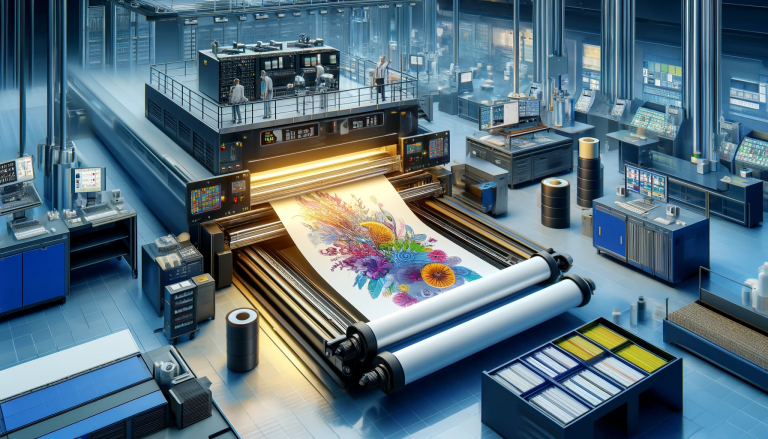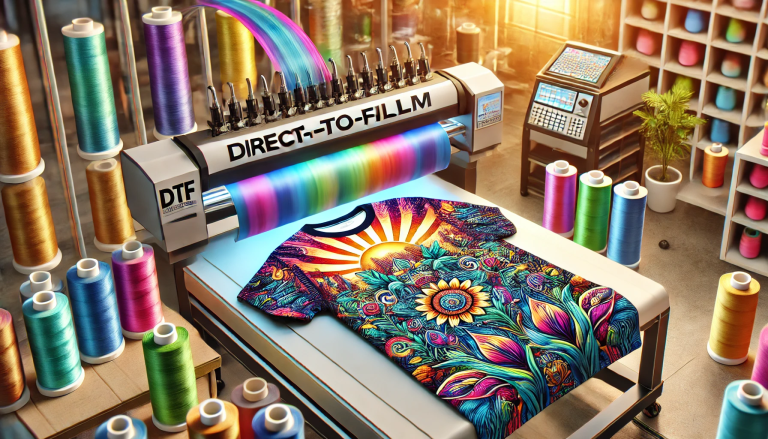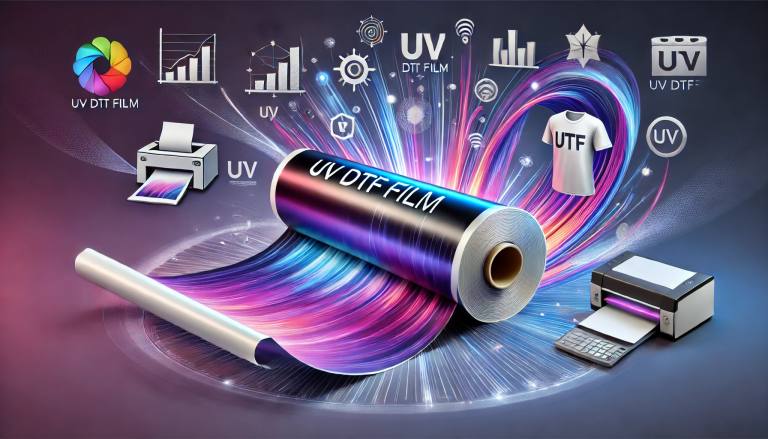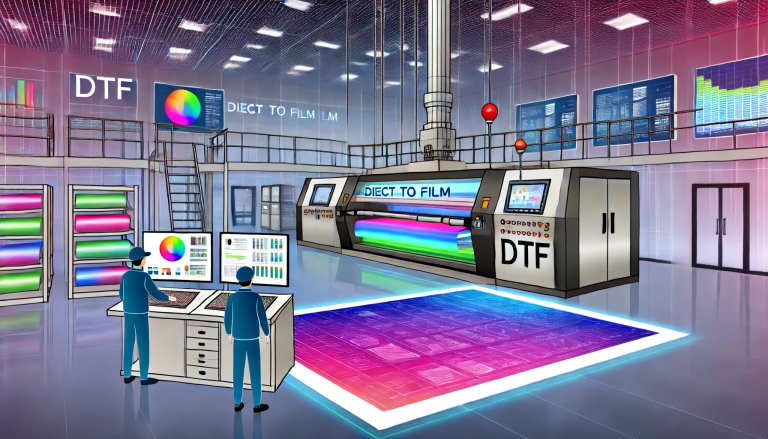“Transfer Your Prints with Ease – Impressora DTF Transfer!” -MAXDTF- DTF Transfer sheet 8 x 11 Supplier, DTF Transfer sheet 8 x 11 Manufacturer, Made in China
Introduction
Impressora DTF transfer is a type of printing technology that is used to transfer images onto a variety of materials. This technology is used in a variety of industries, including apparel, home decor, and signage. It is a cost-effective and efficient way to produce high-quality prints with a wide range of colors and textures. This technology is also known as direct-to-fabric printing, and it is becoming increasingly popular due to its versatility and affordability. In this article, we will discuss what impressora DTF transfer is, how it works, and the advantages and disadvantages of using this technology.
The Pros and Cons of DTF Transfer Printing: What You Should Consider Before Investing
DTF (Direct to Fabric) transfer printing is a popular method of printing designs onto fabric. It is a great way to create custom designs for clothing, accessories, and other items. However, before investing in this technology, it is important to consider the pros and cons of DTF transfer printing.
Pros
The main advantage of DTF transfer printing is that it is a cost-effective way to produce custom designs. It is much cheaper than traditional screen printing, and it can be done quickly and easily. Additionally, the quality of the prints is usually very good, and the colors are vibrant and long-lasting.
Another benefit of DTF transfer printing is that it is very versatile. It can be used to print on a variety of fabrics, including cotton, polyester, and nylon. It can also be used to print on items such as hats, bags, and t-shirts.
Finally, DTF transfer printing is a great way to create unique designs. It allows you to create one-of-a-kind designs that are sure to stand out from the crowd.
Cons
One of the main drawbacks of DTF transfer printing is that it is not suitable for all fabrics. It is not recommended for fabrics that are delicate or have a high pile, as the transfer may not adhere properly. Additionally, the prints may not last as long on fabrics that are not designed for transfer printing.
Another potential issue with DTF transfer printing is that it can be difficult to achieve consistent results. The quality of the prints can vary depending on the fabric and the printer used. Additionally, the colors may not be as vibrant as they are with traditional screen printing.
Finally, DTF transfer printing can be time-consuming. It can take several hours to complete a single design, and the process can be quite labor-intensive.
In conclusion, DTF transfer printing is a great way to create custom designs for clothing and other items. However, it is important to consider the pros and cons before investing in this technology. By weighing the advantages and disadvantages, you can make an informed decision about whether or not DTF transfer printing is right for you.
How to Get Started with DTF Transfer Printing: A Step-by-Step Guide
Direct-to garment (DTF) transfer printing is a popular method of printing designs onto fabric. It is a great way to create custom apparel, such as t-shirts, hats, and bags. With DTF transfer printing, you can create unique designs that are sure to stand out.
If you’re interested in getting started with DTF transfer printing, here is a step-by-step guide to help you get started.
Step 1: Gather Your Supplies
Before you can begin printing, you will need to gather the necessary supplies. You will need a printer, transfer paper, a heat press, and a fabric item to print on. Make sure to purchase the right type of transfer paper for the type of fabric you are printing on.
Step 2: Design Your Image
Once you have all of your supplies, you can begin designing your image. You can use a variety of software programs to create your design. Make sure to use a high-resolution image so that your design will look its best when printed.
Step 3: Print Your Image
Once you have designed your image, you can print it onto the transfer paper. Make sure to follow the instructions on the transfer paper to ensure that your image prints correctly.
Step 4: Heat Press Your Image
Once your image is printed, you can use a heat press to transfer it onto the fabric item. Make sure to follow the instructions on the transfer paper to ensure that your image is transferred correctly.
Step 5: Enjoy Your Creation
Once your image is transferred onto the fabric item, you can enjoy your creation. You can wear it, give it as a gift, or even sell it.
DTF transfer printing is a great way to create unique designs that are sure to stand out. With this step-by-step guide, you can get started with DTF transfer printing and create your custom apparel.
Exploring the Benefits of DTF Transfer Printing: What You Need to Know
DTF (Direct to Fabric) transfer printing is a revolutionary new printing technology that is revolutionizing the textile industry. It is a process that allows for the direct transfer of digital images onto fabric, eliminating the need for traditional screen printing. This technology offers several advantages over traditional printing methods, including faster production times, lower costs, and a wider range of colors and designs.
The process of DTF transfer printing begins with the creation of a digital image. This image is then printed onto a special transfer paper using a digital printer. The transfer paper is then placed onto the fabric and heat is applied. The heat causes the image to transfer from the paper onto the fabric. The result is a vibrant, high-quality image that is durable and long-lasting.
One of the major benefits of DTF transfer printing is its speed. Traditional screen printing can take days or even weeks to complete, while DTF transfer printing can be completed in a matter of minutes. This makes it ideal for businesses that need to produce large quantities of fabric quickly. Additionally, the cost of DTF transfer printing is significantly lower than traditional screen printing, making it a more cost-effective option.
Another advantage of DTF transfer printing is its ability to produce a wide range of colors and designs. Traditional screen printing is limited to a few colors, while DTF transfer printing can produce a virtually unlimited range of colors and designs. This makes it ideal for businesses that need to produce unique and eye-catching designs.
Finally, DTF transfer printing is also more environmentally friendly than traditional screen printing. The process does not require the use of harsh chemicals or solvents, making it a more sustainable option. Additionally, the process produces less waste than traditional screen printing, making it a more eco-friendly choice.
Overall, DTF transfer printing is a revolutionary new printing technology that offers several advantages over traditional printing methods. It is faster, more cost-effective, and more environmentally friendly than traditional screen printing. Additionally, it can produce a wide range of colors and designs, making it ideal for businesses that need to produce unique and eye-catching designs. If you are looking for a more efficient and cost-effective way to produce fabric, DTF transfer printing may be the perfect solution.
Conclusion
In conclusion, impressive DTF transfer is a type of printing technology that uses a special type of ink and a heat transfer process to create high-quality prints on a variety of materials. This technology is ideal for creating custom designs on apparel, promotional items, and other items that require a unique look. It is a cost-effective and efficient way to create custom designs that will stand out from the crowd.






